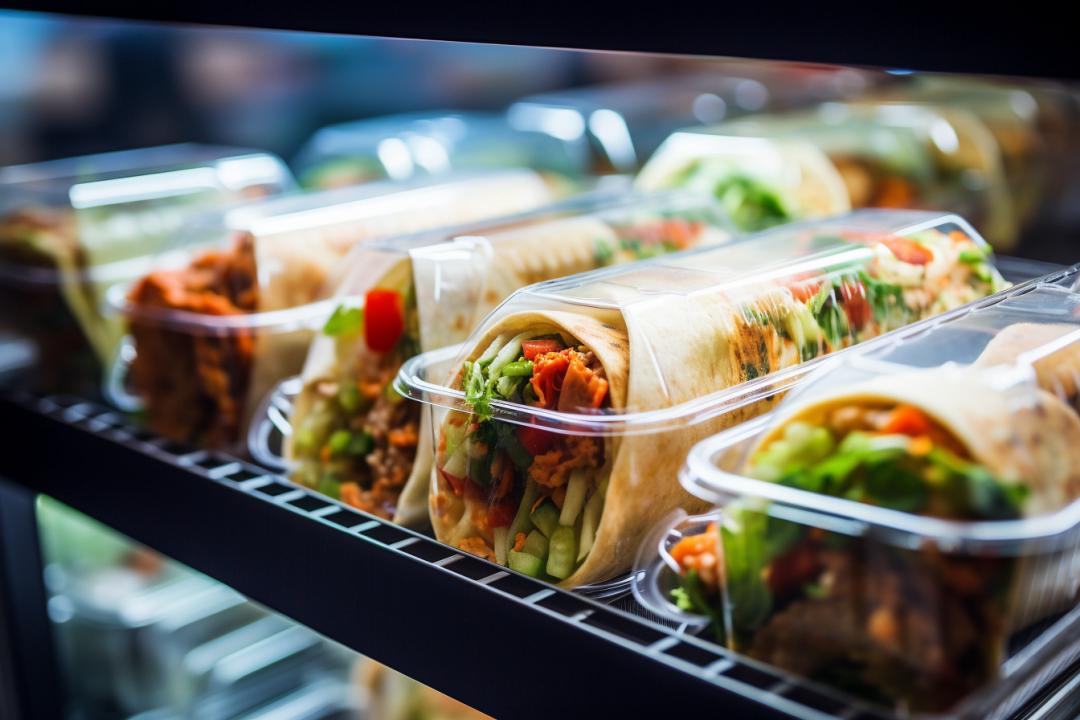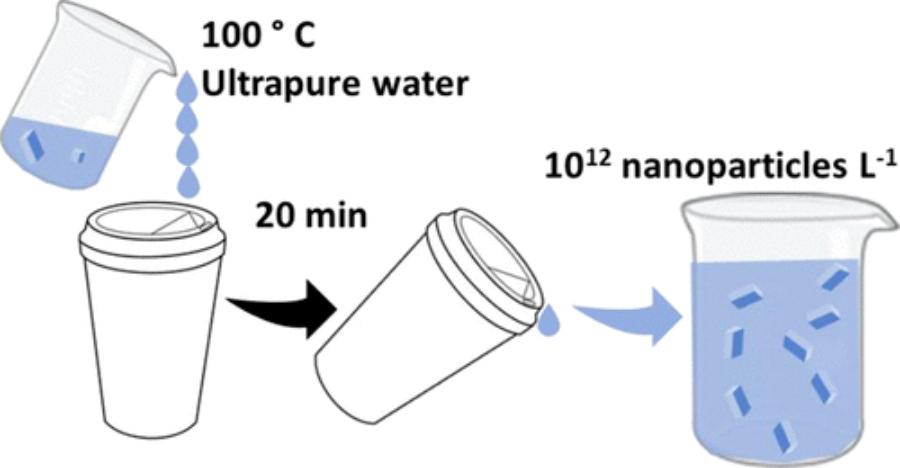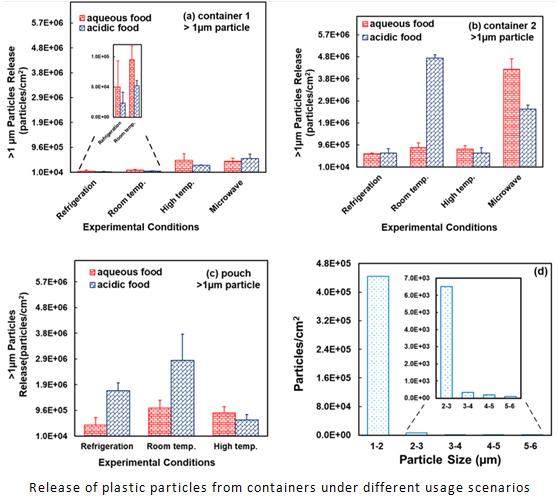Heating plastic products releases even more microplastics
 Nov 16, 2023|
Nov 16, 2023| View:362
View:362Bottled water, disposable tableware, pre-packaged food, and some household items... As plastic products gradually "surround" humanity, scientists are increasingly turning their attention to "plastic and its products."
Microplastics refer to plastic fragments and particles with a diameter smaller than 5 millimeters, released during the use of plastic products, particularly those intended for food purposes.
Nanoplastics, on the other hand, are currently the smallest known form of microplastics, with dimensions below 1 micron. Their size is so small that they can penetrate cell membranes.
Although people do not directly "eat" plastic, the packaging of food and the surrounding environment, especially plastic products used for food purposes such as plastic bottles, food packaging bags, baby bottles, and so on, introduce a significant amount of plastic particles into the human body.

Just 3 minutes of microwave heating,food containers may release over 2 billion plastic particles
Convenient and fast, it has become synonymous with plastic products, making people increasingly dependent on them. Plastic is gradually "invading" the Earth, permeating every aspect of people's lives, even in some overlooked corners.
A research team from the National Institute of Standards and Technology in the United States once discovered that placing a cup of water at 100°C in a typical take-out coffee cup, and letting it stand for 20 minutes, would result in trillions of plastic nanoparticles detectable per liter of water. In other words, when you enjoy a 500ml cup of hot coffee or milk tea, around 500 billion plastic nanoparticles may enter your body!

Earlier, a study investigated new kitchen utensils, specifically non-stick pans, and made a surprising discovery. In the simulation of cooking processes, non-stick pans may release thousands to millions (potentially up to 2.3 million) of per- and polyfluoroalkyl substances (PFAS) microplastics and nanoplastics. This could potentially lead to food contamination and impact human health!
The examples mentioned above highlight two key factors: food-grade plastic products and heating.
Recently, a study published in Environmental Science & Technology has further substantiated this alarming conclusion: Microwave heating, compared to other methods such as refrigeration or room temperature storage, results in the highest release of microplastics and nanoplastics from plastic containers and reusable food bags into the food!
Even more astonishingly, just 3 minutes of microwave heating can cause a 1cm^2 plastic container to release up to 4.22 million microplastic particles and 2.11 billion nanoplastic particles. Of course, it's important to note that refrigeration and room temperature storage for over 6 months can also release millions to even billions of microplastics and nanoplastics, albeit not as rapidly as microwave heating.

In fact, the quantity of plastic particles released from plastic food containers into the food is influenced by multiple factors, including the inherent characteristics of the plastic (such as material type, structure, copolymers, and the initial size of plastic particles) and external factors (such as pH, temperature, oxygen, and light).
In this study, researchers compared different usage scenarios and found that, compared to refrigeration, room temperature, and high-temperature storage, the highest quantity of plastic particles released occurred after microwaving for 3 minutes!
During the process of microwaving, two different polypropylene baby food containers were compared. Container 1 released 425,000 microplastics and 169 million nanoplastics per cm^2, while Container 2 released 4.22 million microplastics and 1.21 billion nanoplastics per cm^2. This significantly exceeded the quantity of plastic particles released under refrigeration, room temperature, and high-temperature conditions.
The researchers explain that the reason for the increased release of plastic particles during microwave heating is the simultaneous occurrence of hydrolysis, thermal degradation, and degradation under ultraviolet (UV) radiation. Additionally, the electromagnetic waves released by the microwave can penetrate the plastic material, heating the interior of the container. The rise in food temperature further contributes to the increased release of microplastics and nanoplastics from the plastic container.

In other words, when heating food in the microwave during daily use, it is advisable to avoid using plastic containers as much as possible, even if they are labeled as "food-grade." Additionally, when possible, it's best to minimize the use of plastic products for storing or packaging food.







